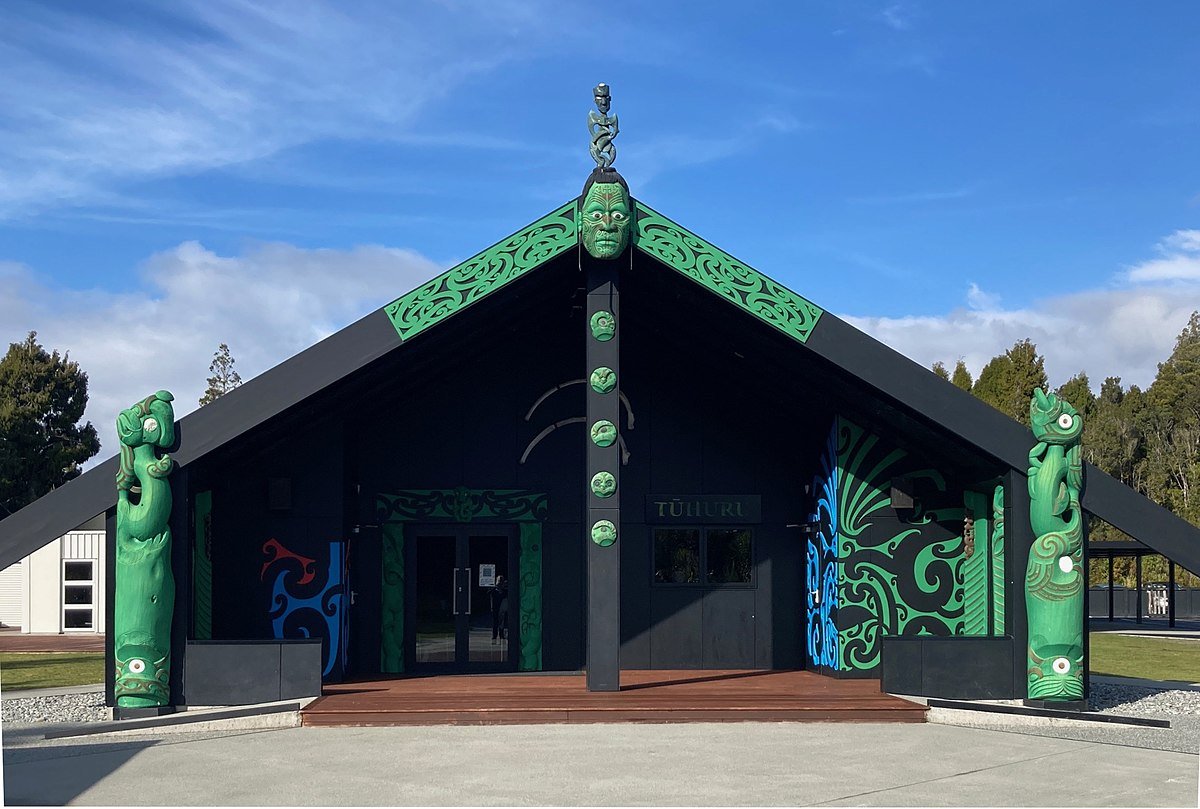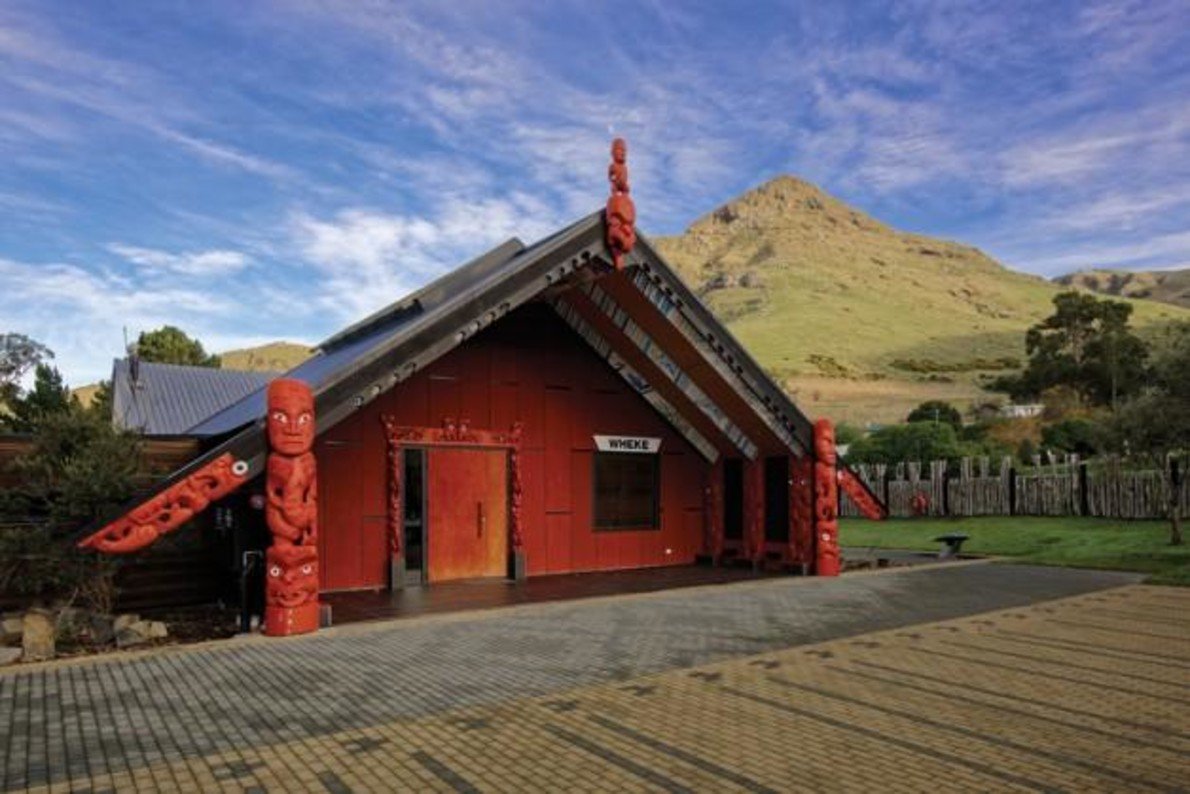Tū Tangata Tū Rangatira Hōtaka
Growing Māori Leaders Programme
The hōtaka [programme] is a combination of collective and individual learning opportunities tailored to specific rangatira [leadership] development goals. It’s an exciting opportunity to grow as kaimahi Māori and become future leaders in our health system.
Watch this video to learn more about the hōtaka:
“Whāia atu ki tāua taumata”
Applications have closed for 2023, but we will be notifying our Māori kaimahi when applications open for our 2024 hōtaka.
Pātai? Questions? Contact ManaTaurite@cdhb.health.nz
Want to find out more about this hōtaka? Read the Tū Tangata Tū Rangatira sumary document.
Frequently asked questions
-
To be eligible, you must be:
• Kaimahi Māori employed by Te Whatu Ora Waitaha | Canterbury or Te Tai o Poutini | West Coast
• Committed to positive health outcomes for Māori
• Approved by your direct line manager to apply for this hōtaka [programme]
• Committed to attending all 3 noho marae [overnight stay] and completing the programme
-
The hōtaka will run for 9 months. It includes 3 noho marae and hui ako [learning meetings].
Proposed dates are:
Noho Marae | Marae stays
• 17th-19th April (Ōnuku)
• 5th – 7th September (Arahura)
• 27th – 29th November (Rāpaki)
Hui Ako | Learning meetings
These will be half-day learning meetings held at Waitaha and Te Tai o Poutini campuses.
• Dates to be advised
In total it is expected that kaimahi selected for this hōtaka will spend approx. 120 hours over the 9 months in either noho marae, hui ako, tuakana – teina meetings, or individual based learning exercises.
-
One of the foundational pillars of this programme is the acknowledgement that although we are Māori, we work in a te ao Pākehā system. To succeed as our authentic selves, we need to be comfortable with who we are and knowledgeable in the systems in which we work. To achieve this we have incorporated both Mātauranga Māori and te ao Pākehā practices into this course with the intention that our teina understand both the benefits and limitations of each approach. Using this knowledge participants in this course can then tailor their own way goals and progression plan appropriately.
To direct this learning, we have based the 3 noho around the 3 kete of knowledge and two sacred kōwhatu.
-
The three kete of knowledge (tuauri, tuatea, and aronui) have been adopted and adapted to this programme so that they can be used as guides when theming each noho marae | marae visit.
The first is tuauri, and contains all knowledge about what is known including ritual, memory, and prayer. Importantly (from within this hōtaka), this is not restricted to Mātaranga Māori but also includes knowledge from te ao Pākehā as the concepts of ritual, language, heroes and values are also synonymous with the building blocks of culture in te ao Pākehā.
The second is tuatea and is used to create a safe space so that we may explore and challenge the barriers our teina may face and the ways that these spaces have been negotiated in the past. For te kete Tuatea, there is a dual focus encompassing both inward and outward aspects.
From an outward perspective, te kete Tuatea contains information to guide and support health professionals to protect kaumātua and whānau from harm by increasing their sense of cultural safety and well-being when accessing, and using health care services.
Inward, this kete is about acknowledging the current situation for our teina. The teina in this hōtaka will be faced with adversary as they look to progress as rangatira. It is in this noho that we will look to build a support network as well as a knowledge base containing the tools necessary to progress and not become disheartened, disillusioned, or disenfranchised. Primarily we will be aiming to create a positive space for our teina to heal and highlight the opportunities available to balance out these negative effects – not only for others but also for themselves.
This final kete is aronui and is about the future and things we have yet to learn. This kete held all the knowledge that could help mankind and included knowledge to advance physical, spiritual, and mental welfare: social relationships, aroha, peace, goodness, arts, whakairo, rarangi, tu, humanities, music, rituals, social science research, philosophy, and literature. Essentially, kete-aronui held all the knowledge that could help mankind. It is also known as the knowledge acquired through careful observation.
-
The two sacred kōwhatu | stones give a micro focus to the overarching macro themes of te kete o te wānanga | kete of knowledge. The two kōwhatu are
• Te whatu-kura, Huka-a-tai | ocean foam - knowledge
• Te whatu-kura, Rehu-Tai | white sea mist – wisdom
These two kōwhatu relate to the idea of information, knowledge, and wisdom.
Information / knowledge / wisdom
Information
When you step into a waka, any white water created around you is indicative of information. If all those in a waka are paddling in different directions, the waka will not be propelled in a unified direction. Even so, it is still possible for individuals to accumulate information as white water will be created haphazardly.
Knowledge
When everyone is paddling in the same direction and ocean foam is created from the front leading backward, then knowledge is created. In this way, knowledge is created at the front of the waka and everyone (dependent on where they are sitting) will have a different view determining what knowledge they accumulate.
Wisdom
At sunset and sunrise (when the sun is just above the horizon) and the waka is being led in the right direction, at the right pace, and at the right time, then all can see rainbows reflected through the sea foam (sea mist). In this way, wisdom is only created when effort and teamwork are combined with time, place, and knowledgeable leadership.
Directed understanding and internalisation of knowledge through self-reflection. Knowledge moves from operational situation-specific instructions to general rules an individual can apply in multiple different situations.
Leadership is essential to drive directed self-reflection in combination with the belief in a unified goal.
This hōtaka combines both Huka-a-tai with Rehu-Tai; where teina will be expected to work at acquiring knowledge which can be fashioned and directed at the noho into applicable wisdom.
-
We use a tuakana–teina [mentor–learner] model to help you strengthen yourself in terms of your own identity and your leadership potential. Tū Tangata Tū Rangatira will contribute to building your leadership capacity and capability.
Hear the voices of our teina from the 2022 hōtaka
To learn more about the Mana Taurite team, please visit their website by clicking on the button below.




